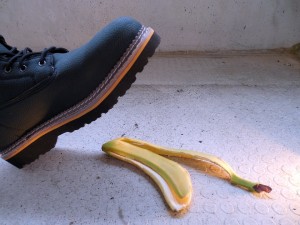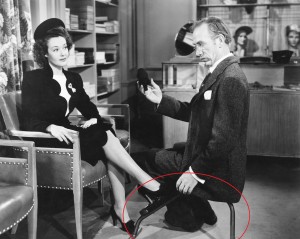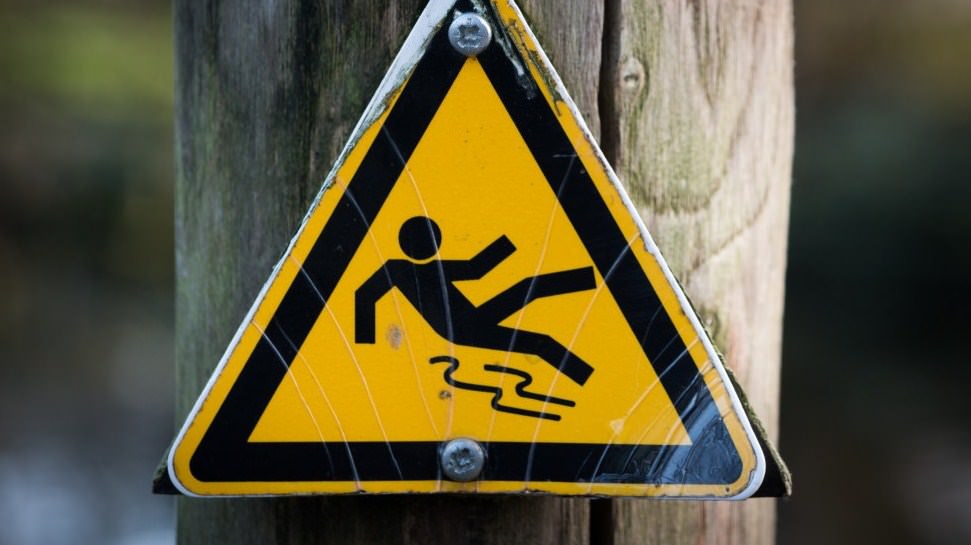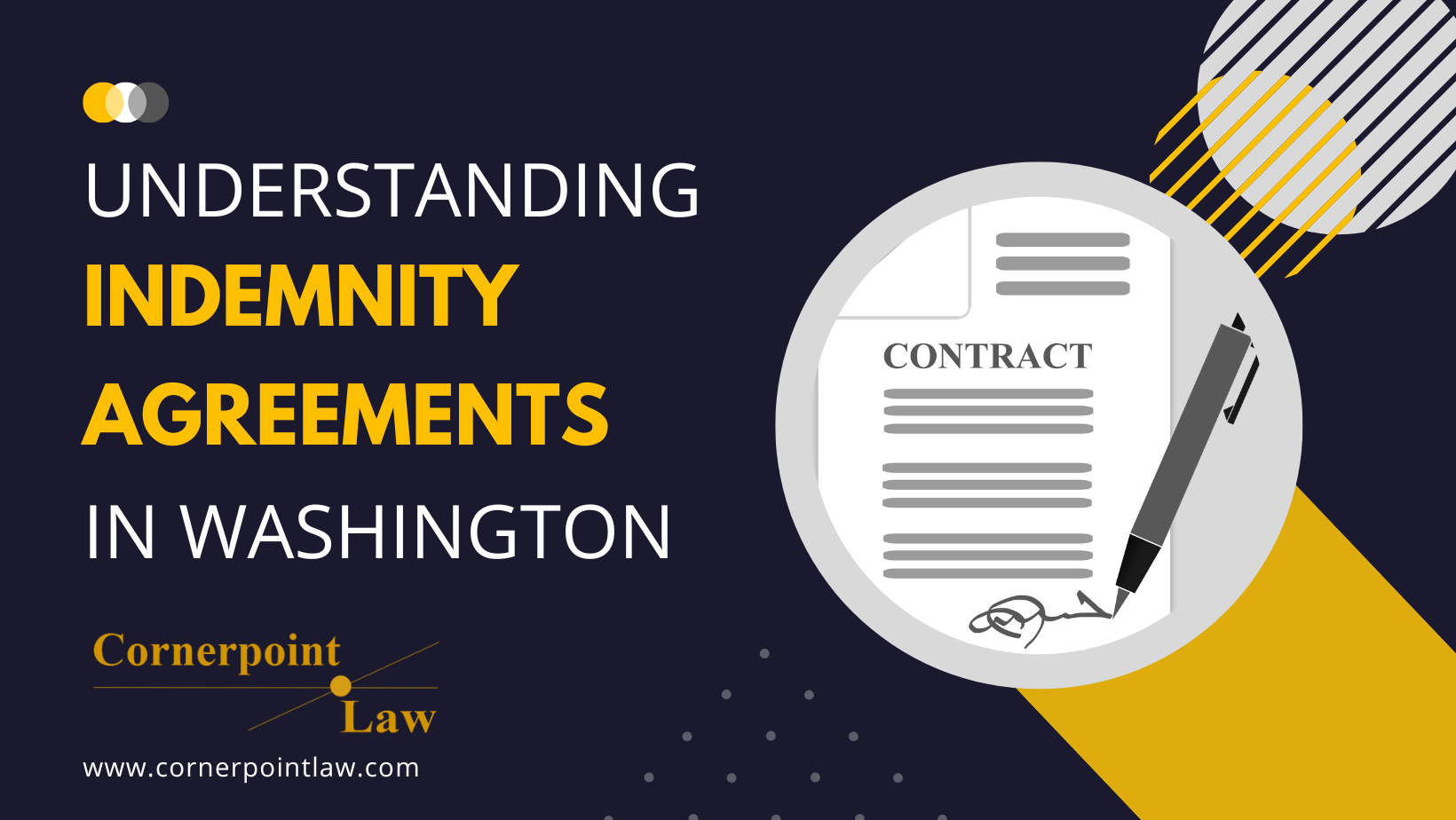All Fall Down: Business Invitee Slip and Falls
October 28, 2016
Unauthorized use and/or duplication of blogposts without express and written permission is strictly prohibited. Excerpts and links may be used, provided that full and clear credit is given, and with appropriate and specific direction to the original content.
The author of this post can be reached by phone at 206-693-2718 or by email.
Why Washington Businesses Should Manage the Risk of Premises Liability Claims
by Stacia Hofmann
Unless you have the grace and balance of a ballet dancer, you’ve probably tripped, slipped, or fallen at some point in your life. Where, how, and why we trip and slip matters in the eyes of tort law — individuals and businesses who own, occupy, or control property can be held legally responsible when someone is injured in a fall. So-called “slip and falls” are in the “premises liability” category of lawsuits, and, like other types of negligence claims, hinge on the reasonableness of the parties involved.
This blogpost is specifically concerned with slip and falls at commercial properties open to the public, customers, clients, and anyone else there to conduct business. Washington law calls these people “business invitees.”1
What are slip and falls?
Slips, trips, and falls are extremely common liability insurance claims, perhaps second only to automobile accidents. The Hartford insurance company analyzed its data from 2010 to 2014 and found that the most frequent type of liability claim made against a Business Owner’s Policy is for a customer slip and fall.2 Although these types of claims may not average catastrophic injuries, they can still result in serious injuries, including broken arms, legs, and hips, as well as brain injuries resulting from blows to the head. According to the 2016 Insurance Fact Book, published by the Insurance Information Institute, the 2013 national median jury verdict for a premises liability claim was $121,894, and the average was $587,000.3
 What are the defenses to slip and fall claims?
What are the defenses to slip and fall claims?
Slip and falls, with their high occurrence rates and potential for serious injuries, are among the most hotly contested types of general negligence claims. Attorneys representing businesses typically focus on two primary defenses to liability. First, objects or conditions causing trips or slips are often visible or obvious, so the business, the attorneys argue, is excused from liability. Second, the law imposes a duty on people, including business invitees, to exercise reasonable care and caution while they are walking, so the defense attorneys argue that the business invitee is fully or partially at fault for the injury.
Then why are business invitee slip and fall cases hard to get dismissed?
Despite these seemingly solid defenses, business invitee premises liability cases are extremely difficult to get tossed out of Washington courts, meaning the only resolution for the case is usually settlement, trial, or arbitration. This is because a business has a legal responsibility to reasonably anticipate situations where the business invitee might not recognize or appreciate the risk of harm even if the condition is open and obvious. Furthermore, a business invitee in Washington is allowed to pursue his or her claim when the invitee failed to pay attention to his or her surroundings, so long as there is evidence that the business was also negligent. In other words, a tie goes to the injured invitee, not the business, and a judge must allow the case to proceed. Then, either in settlement or at trial, the total value of the claim is reduced by the business invitee’s own percentage of fault in causing the injury (called “contributory fault”). For example, if the business invitee is 75% at fault, and the business is 25% at fault, and the fall resulted in a claim worth $60,000, then the business is still legally responsible for $15,000 in damages to the business invitee.
Thus, the effects on businesses after a slip and fall claim can be prolonged. Besides the obvious costs, even if insurance is involved, small business owners can find themselves diverting resources to answering burdensome written discovery questions, facing interruptions due to the depositions of managers and employees, and physically attending trial if the case does not settle.
The recent case of Jonson v. Sears, Roebuck & Co.
The legal concepts above may be best demonstrated by reviewing the September 2016 case of Jonson v. Sears, Roebuck & Co.4 from the Washington Court of Appeals. In that case, the plaintiff was walking through an aisle of the shoe department in Sears when she tripped and fell over a shoe ottoman – those mobile benches we can sit on while we try on shoes. The plaintiff’s attention was focused on an overhead banner. She filed suit, alleging that the shoe ottoman was a dangerous condition; Sears argued that the ottoman was not dangerous and was open and obvious. The plaintiff hired a human factors expert, who opined that the ottoman lacked color contrast, was a dangerous height, was improperly placed, and was unlikely to be detected by a shopper looking at retail displays.
Sears won in the trial court, with the judge dismissing the case. The plaintiff appealed. One appellate judge agreed with the trial court judge, opined that displays and shoe ottomans in shoe departments are common, and concluded that the fall happened because the plaintiff was not watching where she was walking. However, the other two appellate judges opined that there was evidence that the ottoman’s location and height presented a dangerous condition that Sears should have prevented. The majority concluded that there was evidence of Sear’s negligence, reversed the trial court, and reinstated the case.
What can a business do to manage the risk associated with premises liability?
Unless the Jonson case is appealed to the Washington Supreme Court, the decision means that Jonson and Sears either have to settle the case or roll the dice at trial. The case demonstrates why, if you have premises open to business invitees, it’s important that you prepare for the possibility of a slip and fall.
:idea: Make sure that you have appropriate and adequate insurance coverage for premises liability claims.
:idea: Develop written policies and procedures to prevent obstructions, conditions, and situations that might lead to a slip and fall, as well as procedures to document any incidents.
:idea: Policies and procedures are useless if they are not followed. Properly communicate your rules to employees, and make sure that they are enforced.
:idea: If you lease your premises, or give up temporary control of the premises for a special event, make sure you have an indemnification contract or provision protecting your business from liability.
Consider taking a step back to reduce the risk of a slip and fall so that your business invitees can take safe steps forward.
This blog is for informational purposes only and is not guaranteed to be correct, complete, or current. The statements on this blog are not intended to be legal advice, should not be relied upon as legal advice, and do not create an attorney-client relationship. If you have a legal question, have filed or are considering filing a lawsuit, have been sued, or have been charged with a crime, you should consult an attorney. Furthermore, statements within original blogpost articles constitute Stacia Hofmann’s opinion, and should not be construed as the opinion of any other person. Judges and other attorneys may disagree with her opinion, and laws change frequently. Neither Stacia Hofmann nor Cornerpoint Law is responsible for the content of any comments posted by visitors. Responsibility for the content of comments belongs to the commenter alone.
- In Washington, a different standard of care is owed to social guests and trespassers, and the law governing those circumstances is not covered in this blogpost. ↩
- Read more here. ↩
- On the other hand, the average cost of a slip and fall claim at The Hartford from 2010 to 2014 was $20,000 – suggesting that slip and fall cases that go to trial have much weaker defenses of contributory negligence, are of much higher value than claims that settle before or during litigation, or both. ↩
- Division III, No. 33869-0-III. The case is unpublished and may not be used as precedence in other cases. ↩




